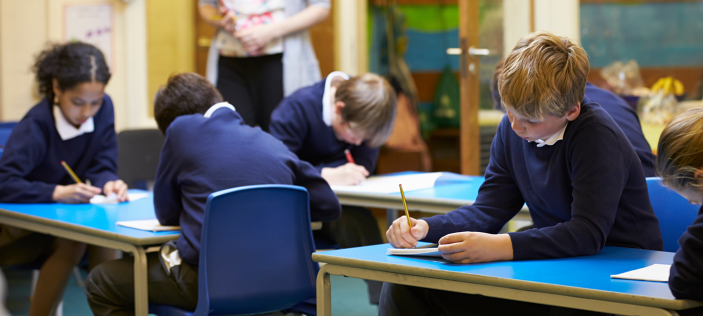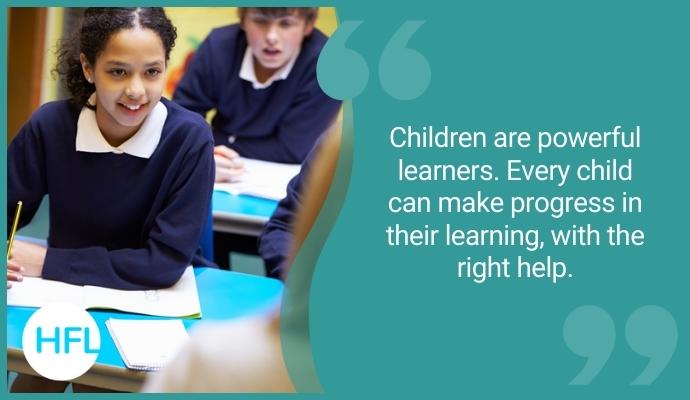
When I searched ‘problem-solving skills’ online, a list appeared in which the top eight search results were articles about how to develop these skills written by career development companies and job advertising agencies. Why is this?
Clearly, problem-solving is a crucial life skill.
So how do we teach these skills to our young learners in primary school?
Often, when working with teachers and leaders to analyse outcomes from diagnostic or statutory tests, the outcomes show that children are more confident and accurate in solving arithmetical calculations (think SATs paper 1 questions) than they are at interpreting and solving reasoning problems (think SATs paper 2).
This blog will focus on some specific problem-solving skills that will enable pupils to access and solve reasoning questions (as in the KS1 SATs paper 2) by the end of Key Stage 1. But of course, they are more widely applicable.
I will use Question 13 from the 2022 KS1 SATs paper 2 (reasoning) to exemplify this teaching approach.
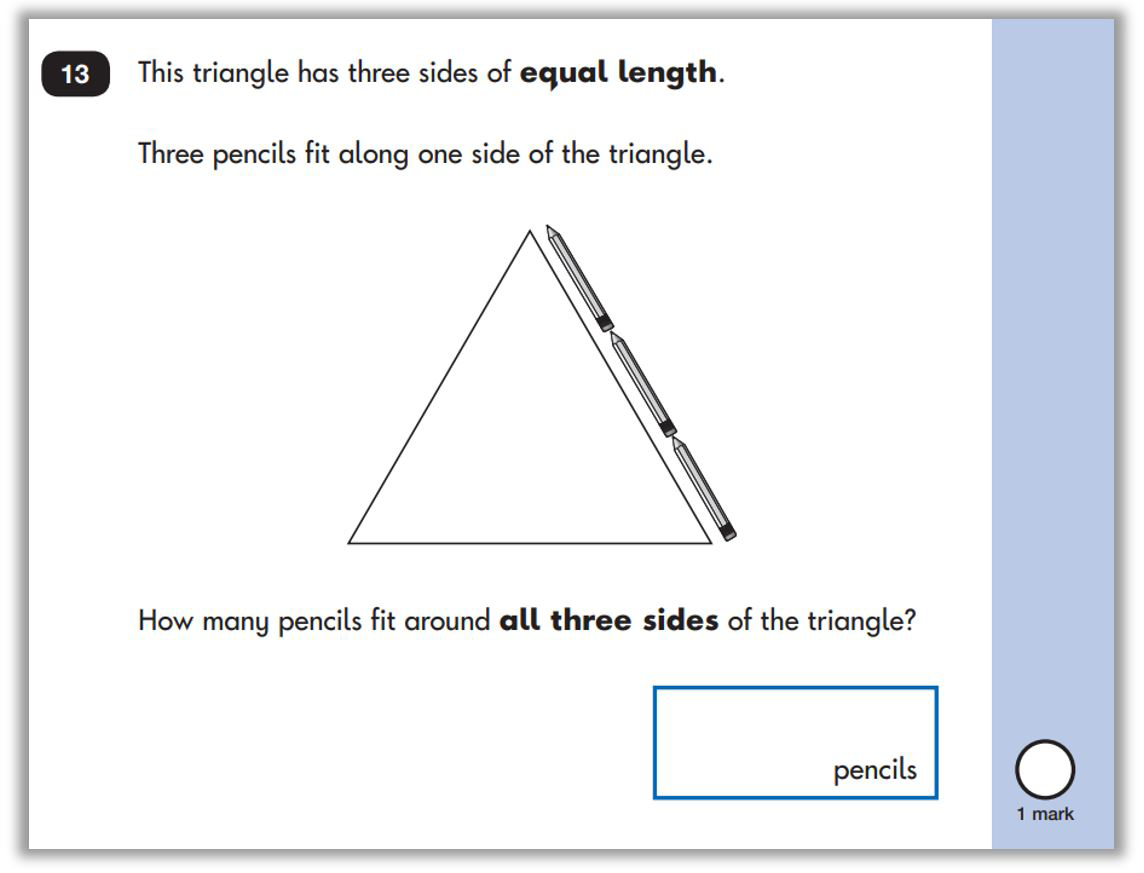
Step 1: Direct pupil focus
The purpose of this first step is to reduce anxiety and potential information overload. We want pupils to focus on the structure of the problem before rushing to find a solution.
To do this…
- remove ‘the maths’
- remove ‘the question’
- ask… What do you notice?
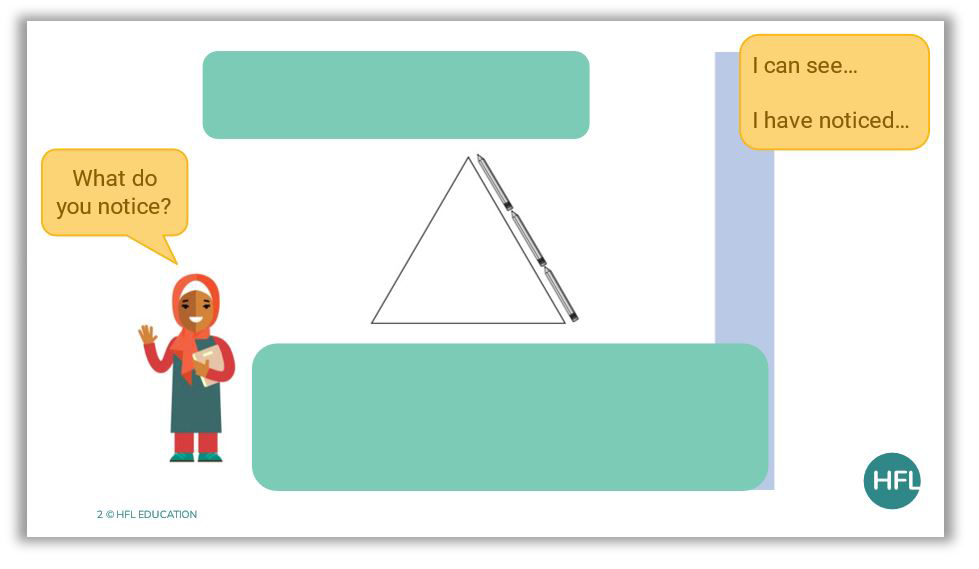
Children may discuss what they can see in pairs, in small groups or as a class. They may benefit from sentence starters such as…
- I can see…
- I have noticed…
These observations may be simple and that is fine. We want to get children engaged and talking.
They may say:
- I can see 3 pencils
- I have noticed a triangle
Step 2: Refine pupil thinking
To do this…
- provide a list of key vocabulary
- expect pupils to articulate their thoughts in full sentences
- ask pupils to listen to others to see if they can add more details or be even more precise
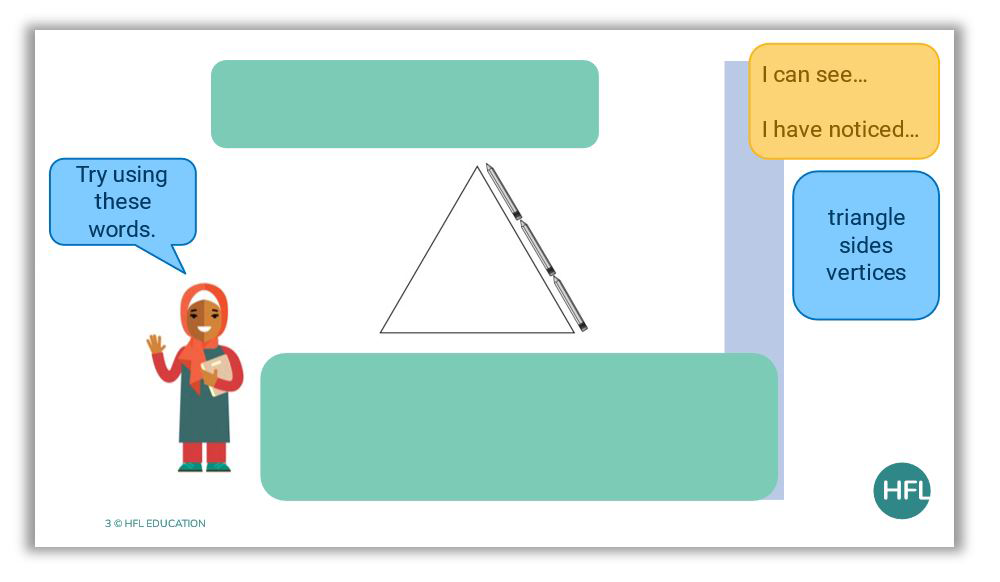
Now they may say:
- I can see that the shape has 3 sides. It’s a triangle
- I have noticed that there are 3 pencils laying end to end between two vertices
The reference to the 3 sides and 3 pencils is important as it should spark thinking for use later in the problem-solving process.
Step 3: Build on what they know
To do this…
- reveal information from the question bit by bit
- after each reveal, ask the pupils, ‘What do you know now?’
- ask pupils to suggest any additions to the vocabulary list
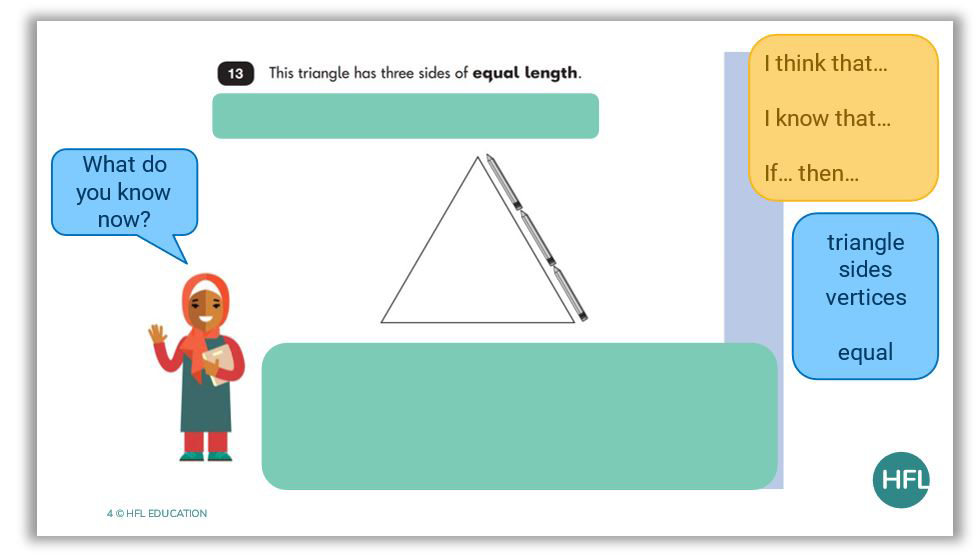
Children may discuss what they know now in pairs, in small groups or as a class. They may benefit from sentence starters such as…
- I think that…
- I know that…
- if… then…
They may say:
- I know that 3 pencils will fit along each side because all the sides are equal in length
- if there were 3 pencils along each side, then there would be 9 pencils altogether
Don’t worry at this point if children come up with suggestions that answer the question that will be revealed later. This is a positive thing!
It means the children are tuning in to information within the correct domain and making connections between shape and other areas of mathematics.
Step 4: Consider ‘the question’
To do this…
- BEFORE revealing the question, ask pupils, ‘What could the question be?’
This allows you as the teacher to assess whether the pupils are considering the structure of the problem.
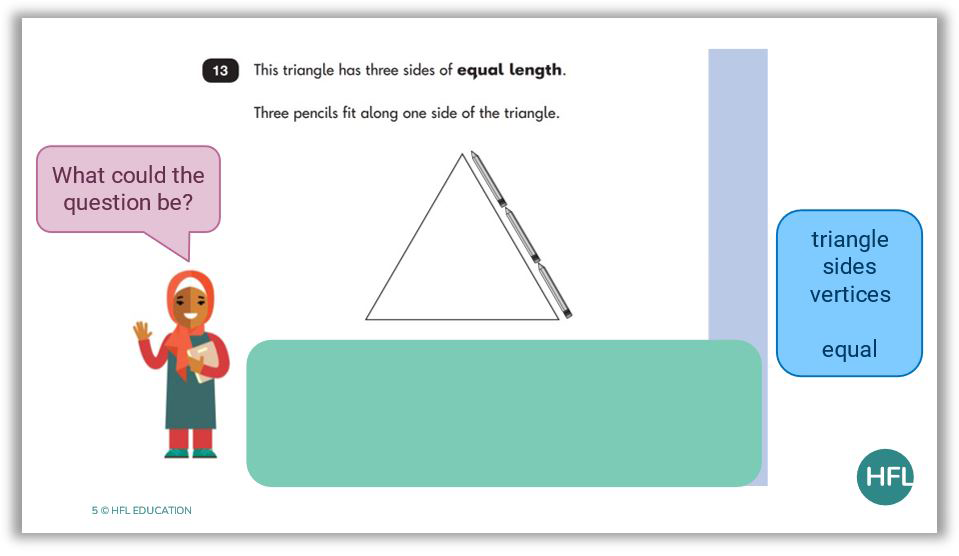
In this example, are they coming up with questions that involve equal groups, for example?
If a child came up with a question such as, ‘How many pencils would we have if we took one away?’ this can of course still be valued (and answered) but it would indicate that the mathematical domain in which the child is thinking is not one that this picture would naturally allude to.
This information can be considered within class teaching or in rehearsal time going forward.
Step 5: Reveal ‘the question’

To do this…
- ask children to read the question aloud. Perhaps read it aloud as the teacher and then ask children to repeat it back.
- ensure children understand all of the words within the question and link this to the model and vocabulary list if needed.
Step 6: Represent the problem
To do this…
- ssk the children, ‘How could we draw the problem?’
- ssk the children to compare their drawings to a partner’s. Can they see where each part of the problem is shown? Can they explain their drawing or model to someone else?
- support children to make connections
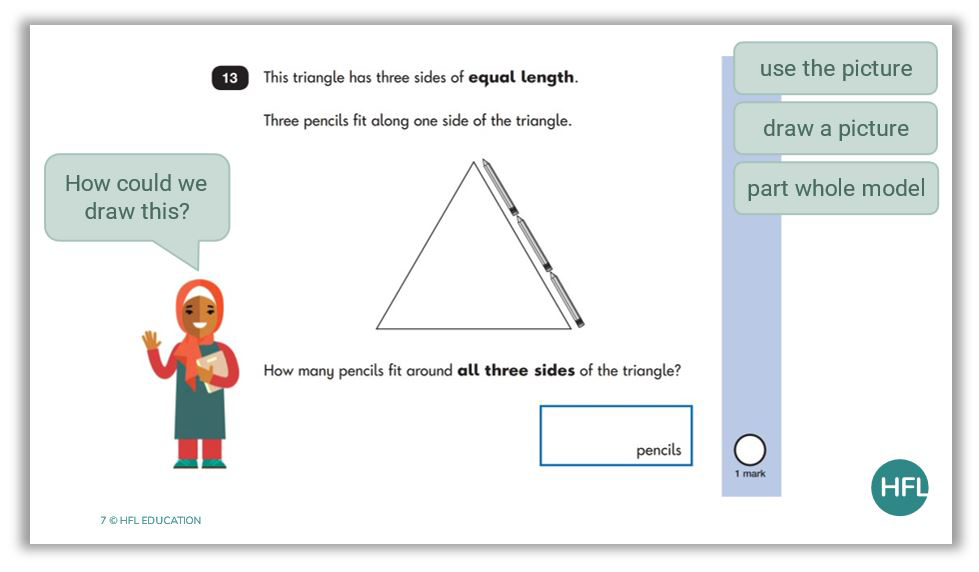
As Gill Shearsby-Fox says in her blog about the importance of valuing pictorial recording,
‘We must make time and space for these opportunities and not over-scaffold children’s mathematical thinking with worksheets or prescribed representations, or else maths will become what ‘painting by numbers’ is to art. It might create a lovely picture but can be completed without thought or understanding and isn’t retained or remembered.’
Children may draw:
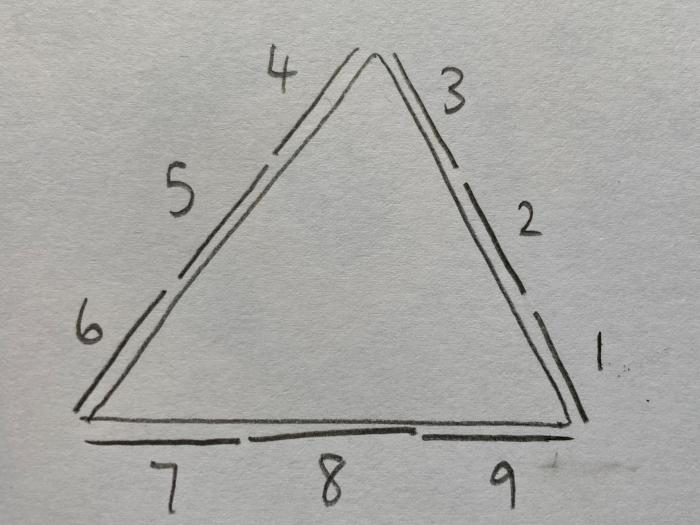
A picture based directly on the image provided showing a continuation of what has been drawn already.
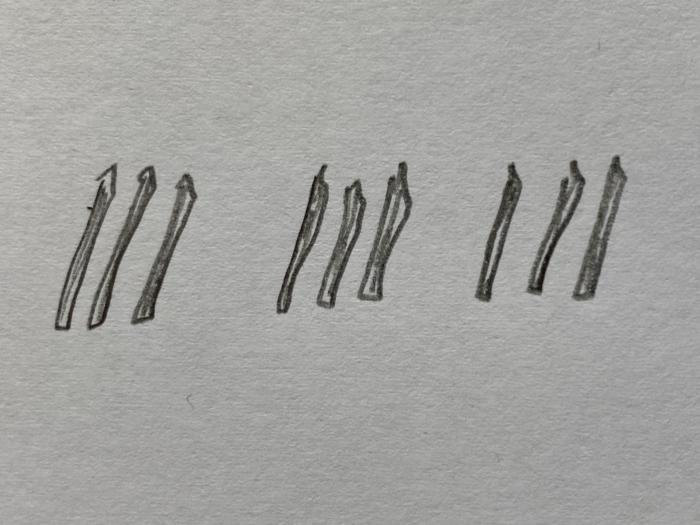
A picture of the pencils, removed from the original image, in 3 equal groups of 3.
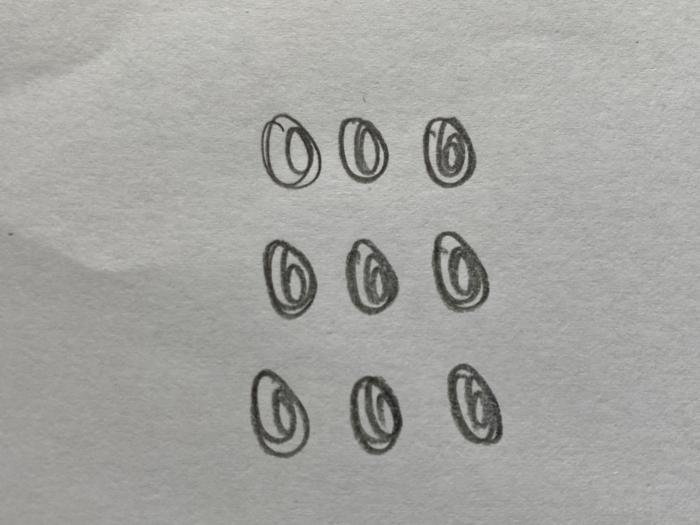
An iconic representation of the pencils. The circles have a 1:1 correspondence with the number of pencils and in this case, are laid out in an array.
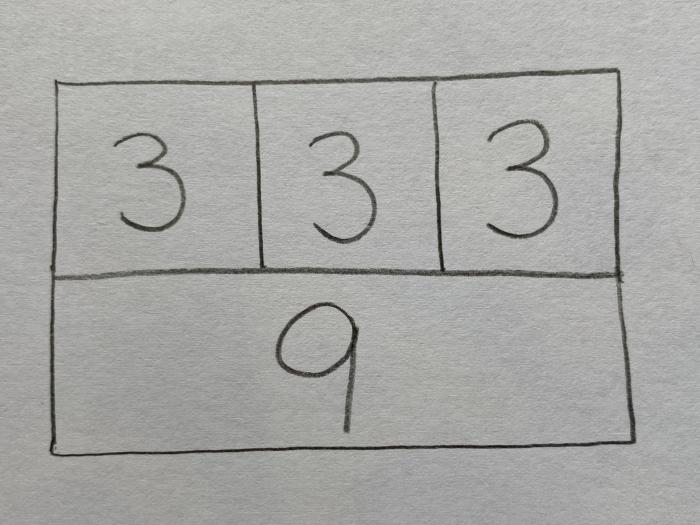
A symbolic representation using conventional symbols (digits) to represent each quantity of pencils. This part whole model clearly shows the 3 groups of 3.
Step 7: Find the answer
To do this,
- ask children to identify on their drawing or model where the answer is shown
- ask, ‘Is there an operation needed?’
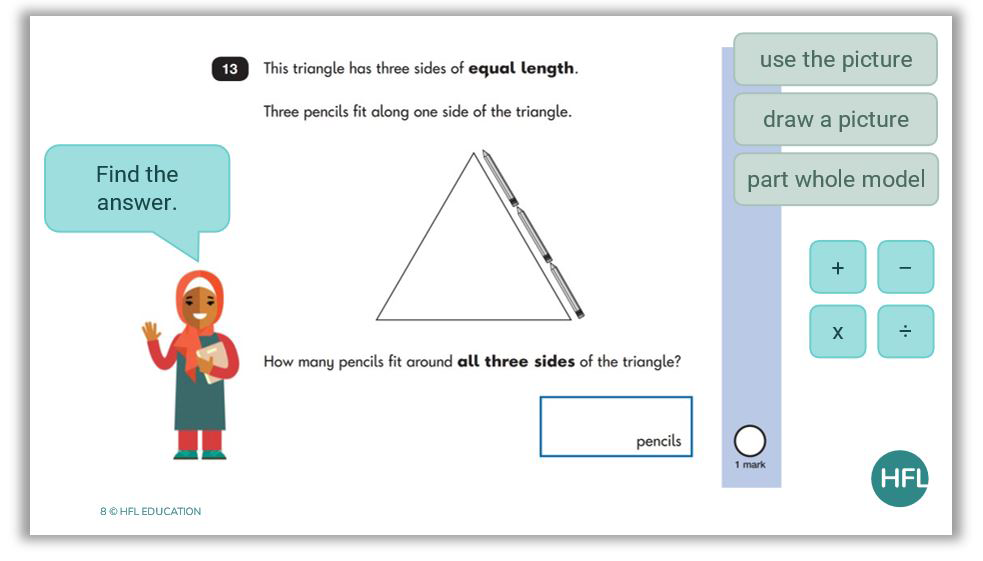
Children may use the operations:
- 3 + 3 + 3 = 9
- 3 x 3 = 9
While the multiplication fact is not within the coverage of the KS1 curriculum, this may be a known fact for some children.
Ask children to check that they can see the 3 + 3 + 3 within their drawing. Can they see it on someone else’s drawing? Does it look the same? Does it matter?
Step 8: Check the answer makes sense
To do this…
- consider all the information the pupils used while problem-solving (the image, the vocabulary provided, the key words in the question, any models or drawings)
- ask the children to complete the sentence, ‘The answer is … because …’
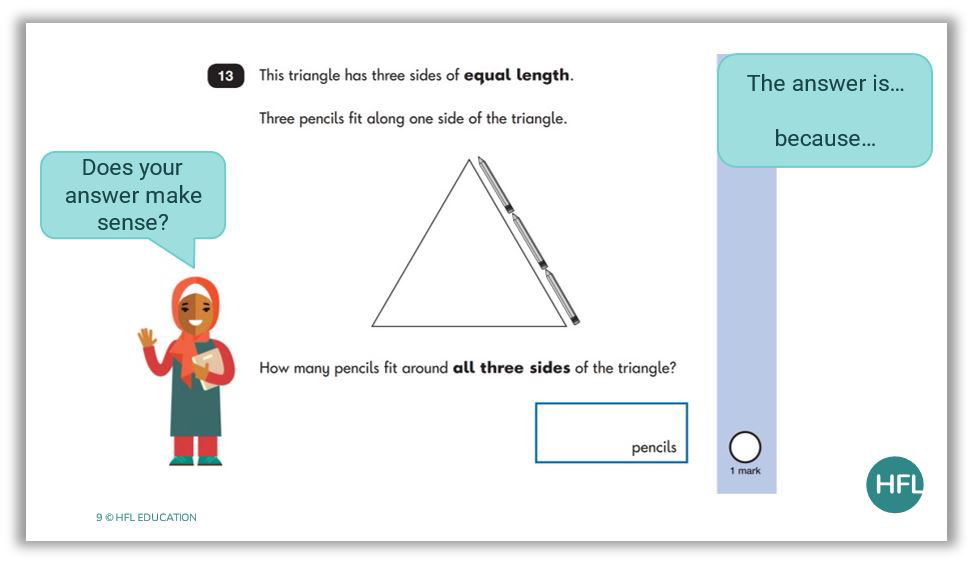
They may say:
- the answer is 9 pencils because 3 pencils fit along each side and there are 3 sides. 3 plus 3 plus 3 equals 9
- the answer is 9 pencils because 3 equal groups of 3 make 9 altogether
Developing independence in solving problems
What we would like to see over time is pupils developing more and more independence in using skills and ideas from these steps to solve problems themselves.
When planning a sequence of teaching and learning, refer to the SATs papers for questions that it would be opportune to drop in, either in the way outlined above, as a teaching opportunity, or as an independent or paired discussion task to allow assessment of how pupils tackle them.
This will also provide crucial information about which of the steps the children tend to find the trickiest. Is it articulating what they notice in full sentences? Is it drawing a model to support with choosing an operation? Or is it something else?
Whatever the sticking point, this can form the focus of teaching going forward.
There are plenty of past papers from which to choose questions and these can be accessed here:
- Key stage 1 tests: 2022 mathematics test materials
- Key stage 1 tests: 2019 mathematics test materials
- Key stage 1 tests: 2018 mathematics test materials
- Key stage 1 tests: 2017 mathematics test materials
Further reading
What do we mean by ‘pictorial’ in the CPA approach?
End of Key Stage 1 - mathematics assessment toolkit
The HFL Education ‘End of Key Stage 1 - mathematics assessment toolkit’ provides Year 2 teachers and subject leaders with a suite of resources and tools to identify the strengths and areas of development through detailed question level analysis following the completion of a set of practice or statutory SATs papers.
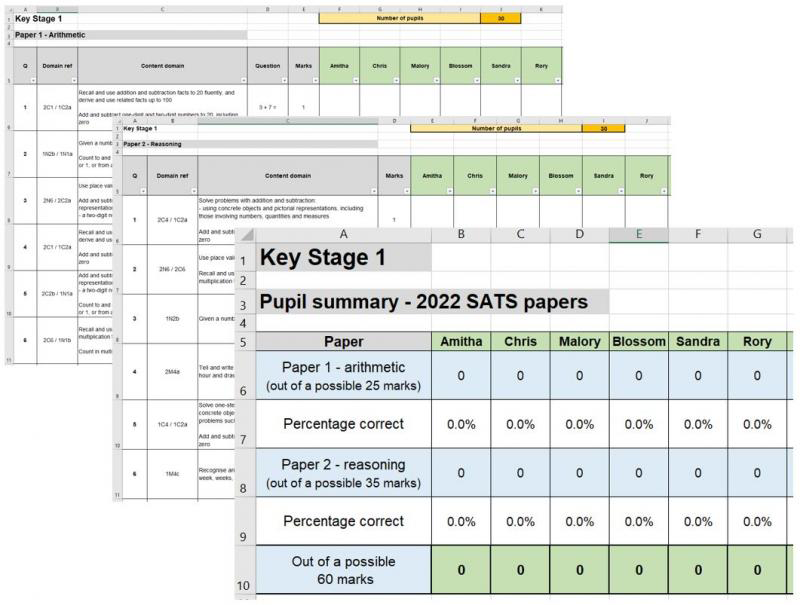
Accompanying the analysis spreadsheets, documents and tracking tools is a digital guidance video that explains each of the resources and how to use them.
End of Key Stage 1 mathematics assessment toolkit
References
- Department for Education (2021) Development Matters: Non-statutory curriculum guidance for the early years foundation stage. Available at: https://www.gov.uk/government/publications/development-matters--2 (Accessed: 25 August 2022).
- 2022 Key Stage 1 mathematics paper 2: reasoning
Contains material developed by the Standards and Testing Agency for 2022 national curriculum assessments and licenced under Open Government Licence v3.0

